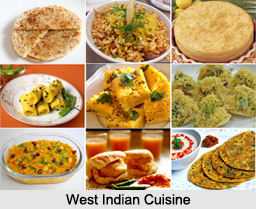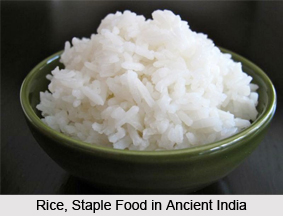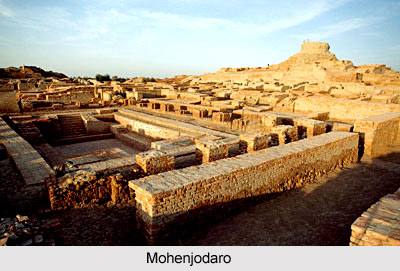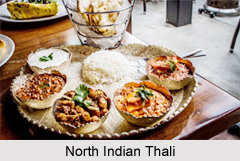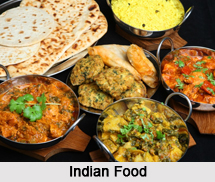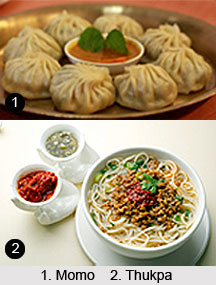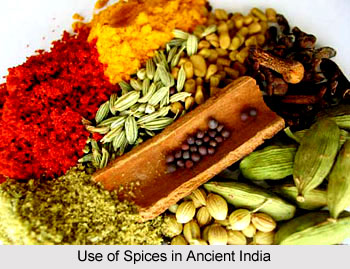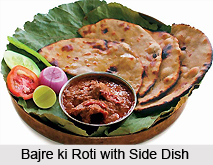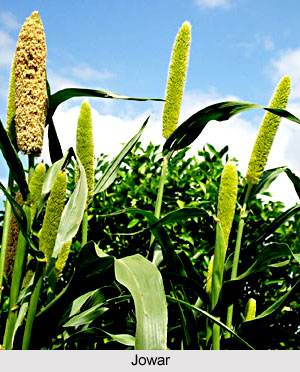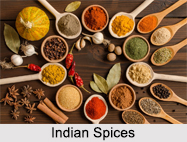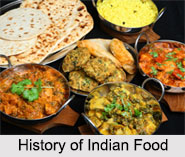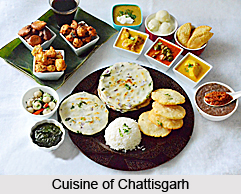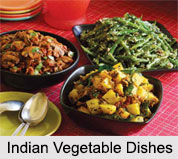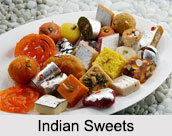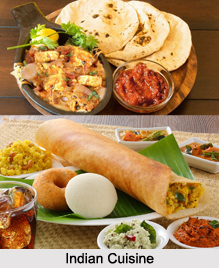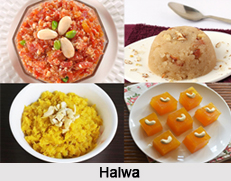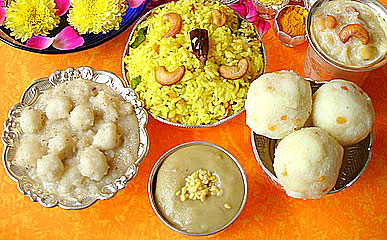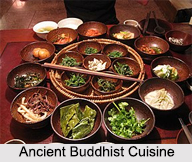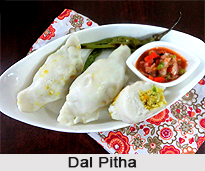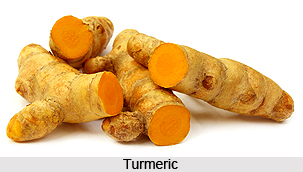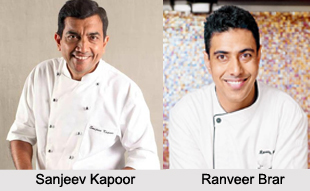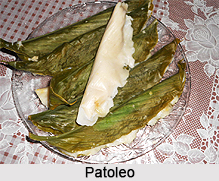 Patoleo is a Goan sweet prepared for the feast of the Assumption of Mary. Patoleo is a dish mostly prepared in the western coast of India. A much-savoured traditional delicacy, this healthy dessert is made during the monsoon months in Goa, the time when the first corn is offered for a good harvesting season.
Patoleo is a Goan sweet prepared for the feast of the Assumption of Mary. Patoleo is a dish mostly prepared in the western coast of India. A much-savoured traditional delicacy, this healthy dessert is made during the monsoon months in Goa, the time when the first corn is offered for a good harvesting season.
Konkan Maratha community and Chitrapur Saraswat Brahmin prepare Patoleos on the second Sunday of Shravan, on "Nag Panchami" and on "Hartalika", the eve of "Ganesh Chaturthi". Salt free patoleos, are offered to Goddess Parvati, who the legends say had a strong craving for these sweets during pregnancy. August 15 (Independence in India) happens to coincide with, The Assumption of the Virgin Mary into Heaven or the Holy Day of Obligation as it is referred. A major feast is celebrated by Roman Catholics, and Patoleo is the star dish on that day. It was originally called "Patoleo" by the Hindu people; however Goans pronounce it as "Patoi". Although this Goan delicacy is prepared on this feast day, it is also prepared on the feast of Sao Joao (St. John"s Feast) and for the Konsachem Fest (Harvest Festival).
Preparation of Patoleo
The aromatic and steamed sweet is made on a base of rice paste spread over a turmeric leaf and filled with a stuffing of Goan coconut jaggery and fresh grated coconut. The aromatic flavor comes from the turmeric leaves that would be grown in almost every home garden in the old days.
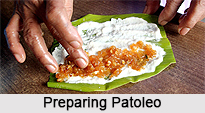 Ingredients:
Ingredients:
•1 kg Rice
•Salt to taste
•Turmeric leaves
For stuffing:
•1 tbsp Ghee
•1 and 1/2 cup grated Coconut
•1 cup grated Goan Pyramid Jaggery
•1 tsp Cardamom powder
•1 tbsp Charoli (optional)
Preparation:
•Soak the rice in water for an hour. Grind the rice with a little water and salt to form a thick paste.
•Scrape the coconut and grate the jaggery as well.
•In a deep bottomed pot add ghee to it.
•Place on low heat saute Charoli if using for 40-60 seconds.
•Now add the scraped coconut and grated jiggery. Stir to ensure that it does not stick to the bottom of the vessel. Let it cook until it thickens.
•Lastly add cardamom powder. Mix nicely. Allow the mixture to cool down.
•On the front side of each turmeric leaf, spread a little rice paste thinly and evenly.
•Then place a little of the coconut mix in the centre and fold the leaf over pressing the edges firmly.
•Set the steamer to boil and spread the patoleos directly on the tray and leave to steam for about 25 minutes. A good indicator is a change in color of the leaves from a dark green to a lighter tone.
•Serve hot without removing the leaves.
